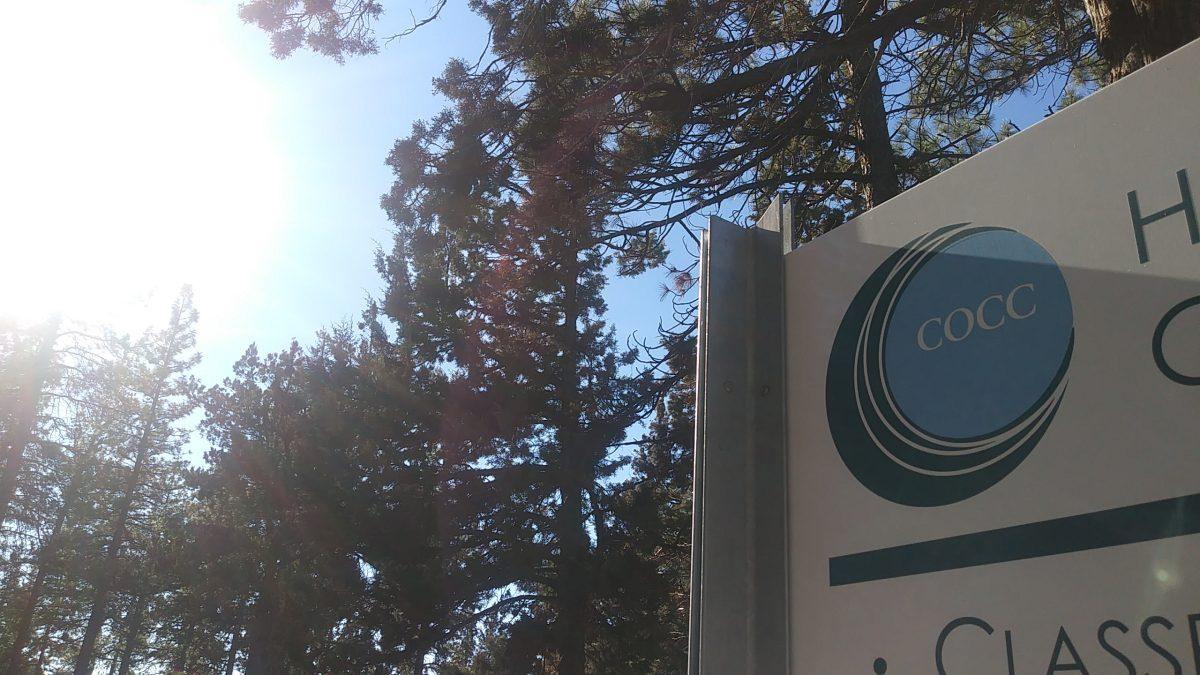Kathryn D Tillenburg
The Broadside
Breast Cancer awareness month is upon us and everywhere we look there are pink ribbons and ads designed to promote breast cancer awareness. Despite the pink ribbons and ads, breast cancer does not affect only women.
According to The American Cancer Society 1 in every 8 women will be diagnosed with invasive breast cancer in their lifetime. Approximately 12 percent of those women will die or are diagnosed as terminal. The incidences of male breast cancer are much lower, approximately 1,970 men each year are diagnosed with breast cancer and of those nearly 390 are terminal.
Female students seem to be aware of their risks for breast cancer. The majority of them do self checks and go in for their yearly check ups.
When asked about self checks, students like Dani Clark who don’t do them say, “I know I should.”
“No, it’s always all about the women,” said student Alejandra Canales when asked if she knew men could get breast cancer too.
The symptoms for men are the same as they are for women. Lumps or changes in the breasts or underarms. Most men are diagnosed in their 50-60’s. The risk to young men is small, it is important to check and tell a doctor if there is a noticeable change.
Far more women each year are diagnosed so ladies there is no excuse for not doing self checks and yearly exams. The Oregon Health Department and Planned Parenthood both offer low cost exams for women. For men there is the Mosaic Medical clinic. Saint Charles also offers a Breast Health Education Program for groups.
Genetics, smoking, and being over weight are all risk factors for Breast Cancer. A local event called the Heaven Can Wait walk takes place the first Sunday in June at Drake Park.
According to The American Cancer Society “One study found that as little as 1 hour and 15 minutes to 2½ hours of brisk walking per week reduced the risk by 18%.”
Students can and should take part in this healthy way to support a cure and reduce their own risk.
You may contact Kathryn D Tillenburg at [email protected]








